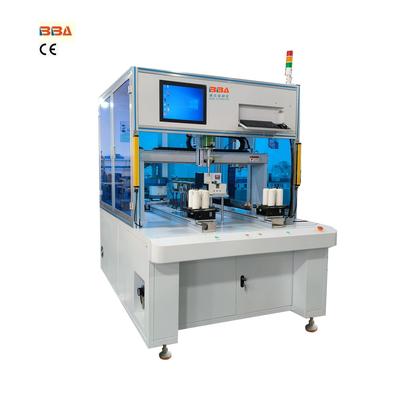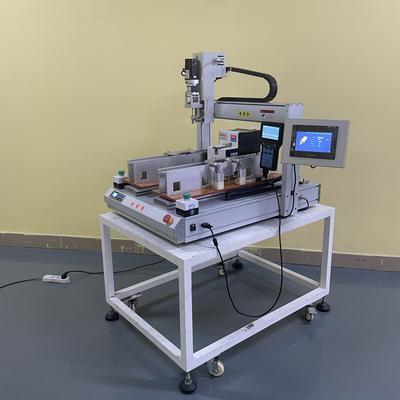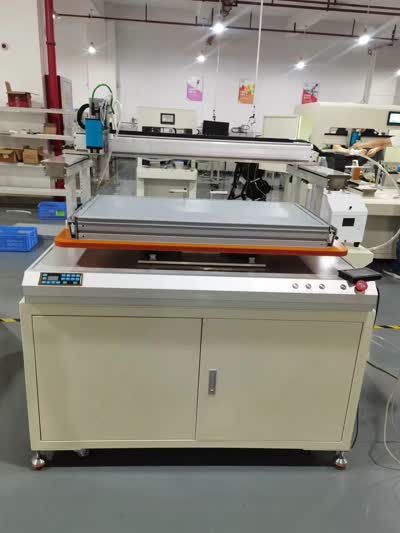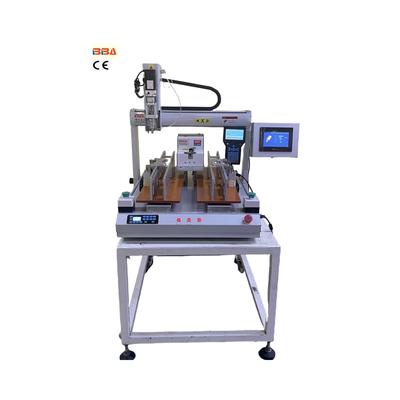Servo vs Pneumatic Screwdrivers: Key Differences & Industrial Applications
Servo Screw Drivers vs Pneumatic Screwdrivers: Which Is Better?
In industrial automation, the choice between servo screw drivers and pneumatic screwdrivers often sparks debate. Both tools are critical for assembly processes, but their performance, efficiency, and suitability vary depending on the application. Let’s break down their differences to help you make an informed decision.
Precision and Control
Servo screw drivers excel in precision. Equipped with advanced torque control systems, they deliver consistent accuracy, making them ideal for delicate electronics, medical devices, or assemblies requiring exact torque specifications. Real-time feedback ensures each screw is tightened to predefined parameters, minimizing errors.
Pneumatic screwdrivers, powered by compressed air, rely on mechanical adjustments for torque control. While cost-effective for high-speed operations, their precision is limited compared to servo models. Variations in air pressure or wear over time can lead to inconsistent torque output.
Energy Efficiency
Servo drivers are energy-efficient, consuming power only during operation. This reduces overall energy costs, especially in facilities prioritizing sustainability. Their ability to operate without continuous air compression eliminates the energy drain associated with pneumatic systems.
Pneumatic tools require a steady supply of compressed air, which demands significant energy to generate and maintain. Air leaks or inefficiencies in the system can further increase operational expenses over time.
Maintenance and Durability
Servo screw drivers have fewer moving parts and no reliance on compressed air, reducing maintenance needs. Their sealed designs protect internal components from dust or debris, ensuring longevity in harsh environments.
Pneumatic screwdrivers need regular upkeep. Moisture in air lines, lubricant replenishment, and part replacements (e.g., seals, blades) add to long-term costs. Contaminants in the air supply can also shorten their lifespan.
Cost Considerations
Pneumatic tools are initially cheaper, making them attractive for low-budget, high-volume applications. However, hidden costs like energy consumption and maintenance can accumulate.
Servo drivers have a higher upfront cost but offer long-term savings through energy efficiency, reduced downtime, and lower maintenance. They are a strategic investment for precision-driven industries.
Application Scenarios
- Choose Servo Screw Drivers: For electronics, aerospace, or applications requiring repeatability, data logging, or integration with IoT systems.
- Choose Pneumatic Screwdrivers: For heavy-duty tasks like automotive assembly, where speed and initial cost savings outweigh the need for precision.
Conclusion
Neither tool is universally “better.” Servo screw drivers are ideal for precision and long-term ROI, while pneumatic models suit high-speed, cost-sensitive environments. Assess your production needs, budget, and operational goals to determine the best fit. As automation evolves, servo technology is becoming a preferred choice for industries prioritizing adaptability and smart manufacturing capabilities.
| Product Name | Applicable industries |
| Dual Head Screwdriver | Power Tool Assembly Lines |



